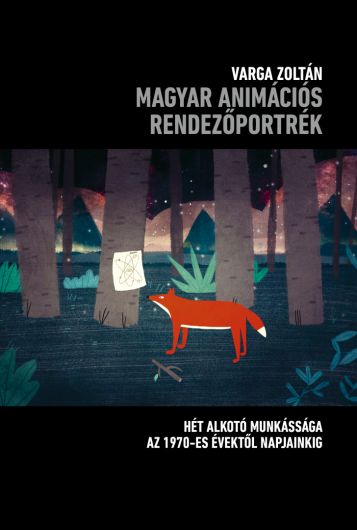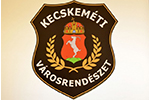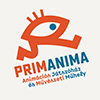
28 May, Wednesday 11:00
Katona József Library
ZOLTÁN VARGA: HUNGARIAN ANIMATED FILM DIRECTOR PORTRAITS. THE WORK OF SEVEN ANIMATION ARTIST FROM THE 1970S TO THE PRESENT
In his fourth independent book, Hungarian Animated Film Director Portraits, Zoltán Varga presents the work of seven Hungarian animation filmmakers from the 1970s to the present day. Examining the animated films of Líviusz Gyulai, Ferenc Cakó, István Orosz, Éva M. Tóth, Gábor Ulrich, László Csáki, and Réka Bucsi, the studies analyse individual styles and thematic concerns, as well as the connection of the works to both local and international traditions of animated film and the associated arts. Detailed analyses are provided of such critically acclaimed animations as Jonah, Ashes, Mind the Step!, Revelations, Dune, My Name is Boffer Bings and Symphony No. 42. The artists’ work is partly or entirely linked to the decades following the regime change, making the volume a reflection on artistic trends over the past thirty years. The introductory essay examines the previously underexplored links between animated film and questions of authorship and style.
Excerpts from some of the reviews of the book:
“Varga's achievement is remarkable not only because it is the first author-focused volume on the oeuvre of Hungarian directors in many years, but primarily because he analyses auteur animations—typically running only a few minutes in length—with depth and detail, and with an almost mannerist devotion, that would be dizzying even for feature films. Varga brings the full arsenal of his analytical and associative talents to the chapters,” commented Péter Lichter.
“A concise point of view is consistently applied to each portrait and then returns in the conclusion – which is why the book can be considered a monograph of scholarly merit. It is also a feat of material and literary knowledge on an astonishing scale. Zoltán Varga places the works of the Hungarian authors within an international context—and a broad one at that—since the films referenced come from a wide range of periods, various national film productions, and different genres or stylistic traditions. In addition to domestic and international academic references, the broader art-historical context of the works is also very rich, spanning music, literature, and the fine arts,” said Gábor Gelencsér.














































